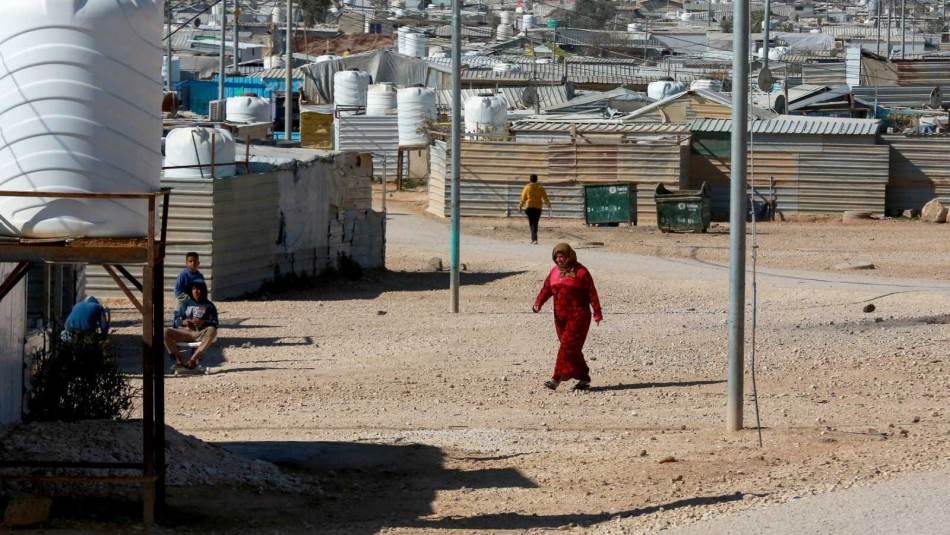Despite recent political shifts in Syria, the pace of refugee returns from neighboring countries remains relatively slow. According to United Nations data, nearly 400,000 Syrian refugees have returned from countries such as Lebanon, Jordan, and Turkey since the end of 2024. This comes amid growing pressure in host countries and continued absence of the necessary conditions for a safe return—including security, housing, and employment opportunities.
A recent survey by the Social Protection Observatory, affiliated with the Tamkeen Center for Legal Aid and Human Rights, reveals that 72% of Syrian refugees in Jordan are not planning to return to Syria at this time.
Respondents attributed their reluctance primarily to the lack of suitable housing and the ongoing deterioration of security and economic conditions within Syria.
Since 2011, Jordan has received approximately 1.3 million Syrian refugees. As of March 2025, 557,783 of them are officially registered with the United Nations High Commissioner for Refugees (UNHCR). Over the past five months, 55,732 refugees have returned from Jordan to Syria—84% of whom resided in urban areas.
Complex Factors Behind Reluctance to Return
The report highlights multiple overlapping concerns:
- 59% of refugees cited the absence of safe housing in Syria
- 56% pointed to lack of security
- 55% noted poor economic conditions
Social stability in Jordan also plays a role:
- 16% of respondents said all their family members are in Jordan
- 11% expressed a general sense of stability in their current environment
Among those considering return, motives varied:
- The reunion with relatives
- The rising cost of work permits in Jordan
- Lack of job opportunities
- Ownership of property in Syria
- 6% were driven by the suspension of aid
- Only 3% believed that Syria’s security situation had improved enough to warrant going back
Gender and Employment Affect Return Tendencies
The study found that 52% of refugees are employed, but often under precarious conditions:
- 61% are in unstable, informal daily jobs
- 35% work without contracts
- 90% lack legal work permits, leaving them vulnerable to exploitation and financial insecurity
Among working refugees, 35% expressed a willingness to return, compared to just 20% of those not employed.
There is also a clear gender disparity:
- 31% of men said they were willing to return
- Only 20% of women shared this view
This difference, according to the report, reflects distinct social roles and women’s prioritization of family stability and education.
Refugees living outside camps were more likely to consider returning than those residing within them.
Meanwhile, 70% of respondents receive no aid, and 69% are unable to meet their basic needs. Notably, 88% of the surveyed refugees live outside refugee camps.
Encouraging Voluntary Return
The report recommends a series of policy actions to support those considering return:
- Providing financial incentives and logistical support
- Offering targeted assistance for low-income families
- Urging the international community to fulfil its responsibilities toward refugees and host countries
- Launching joint programs between Jordan and international organisations to facilitate voluntary returns once conditions in Syria improve
- Conducting regular studies to track changing refugee attitudes in light of ongoing developments
This evolving landscape underscores the need for a cautious and dignified approach to refugee return—one that centers on safety, choice, and sustainability.
This article was translated and edited by The Syrian Observer. The Syrian Observer has not verified the content of this story. Responsibility for the information and views set out in this article lies entirely with the author.


